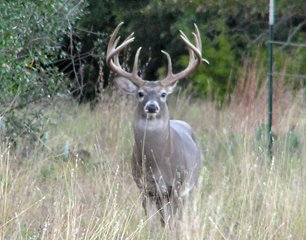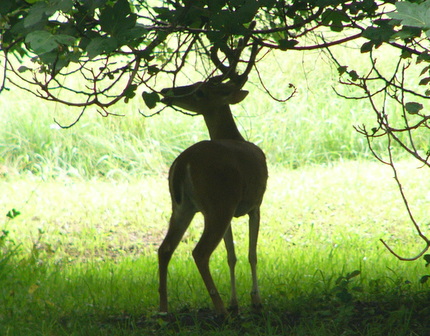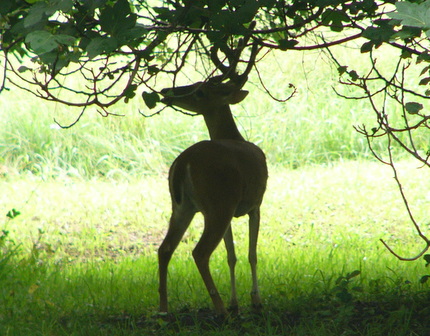
Considering the broad range of habitats occupied by white-tailed deer, it is no wonder managers become confused about the nutritional requirements of deer. In the course of my articles on buck management, I have repeatedly discussed the three factors that influence antler quality in bucks: age, genetics, and nutrition.
Of these factors, nutrition is probably the most easily to control for producing quality bucks with quality antlers. Whitetails are extremely adaptable and food preferences and requirements vary greatly between and even among regions. White-tailed deer are much different than other deer species (which tend to be generalist with regards to forage.) Whitetails are more specialized feeders that select specific foods in order to satisfy their nutritional requirements. Continue reading “Nutrition and Feeding Habits of White-tailed Deer”


